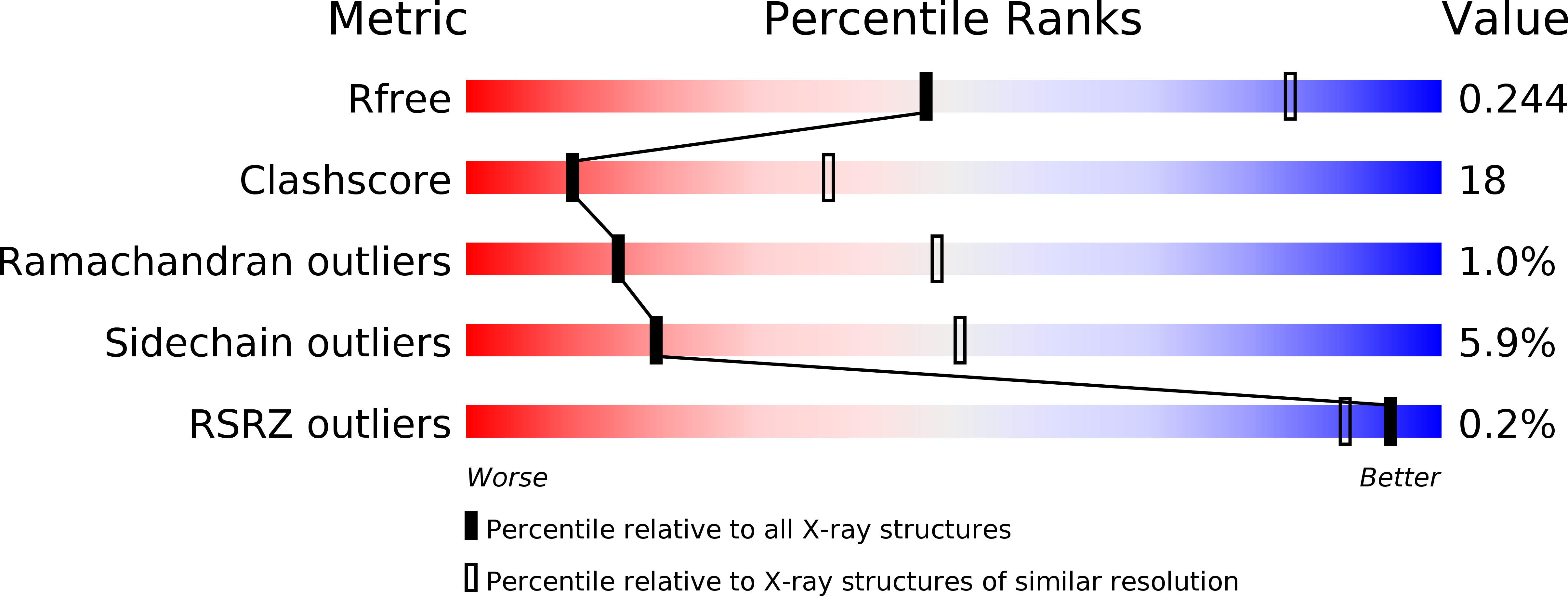
Deposition Date
2010-03-07
Release Date
2010-07-21
Last Version Date
2024-11-20
Method Details:
Experimental Method:
Resolution:
2.95 Å
R-Value Free:
0.24
R-Value Work:
0.20
R-Value Observed:
0.23
Space Group:
P 1


